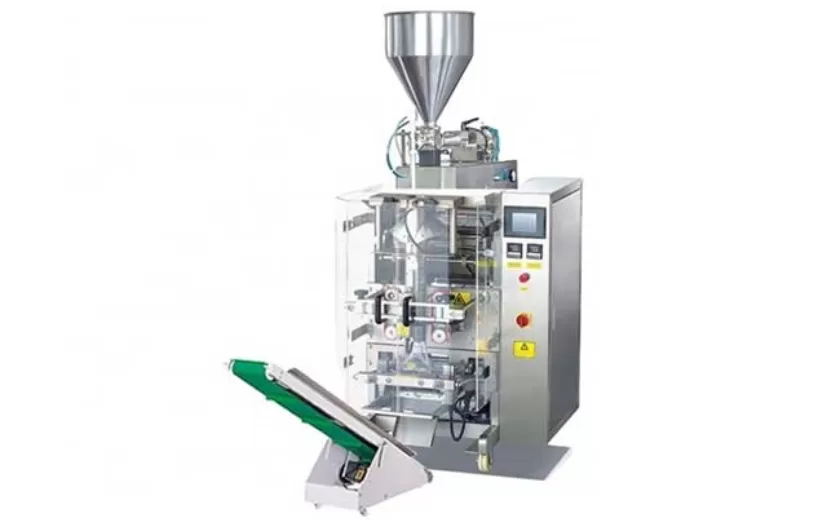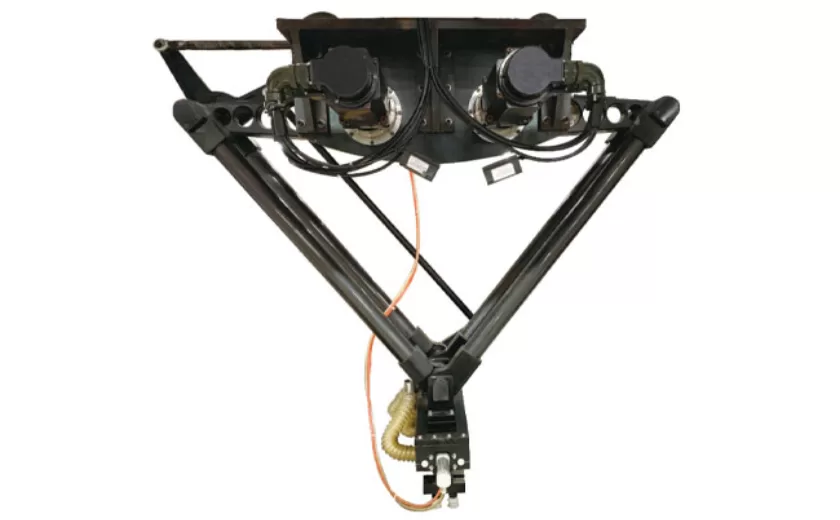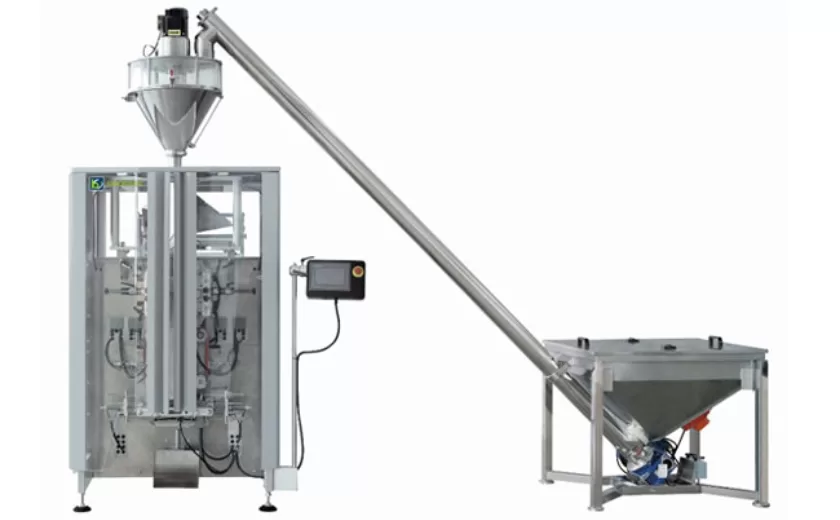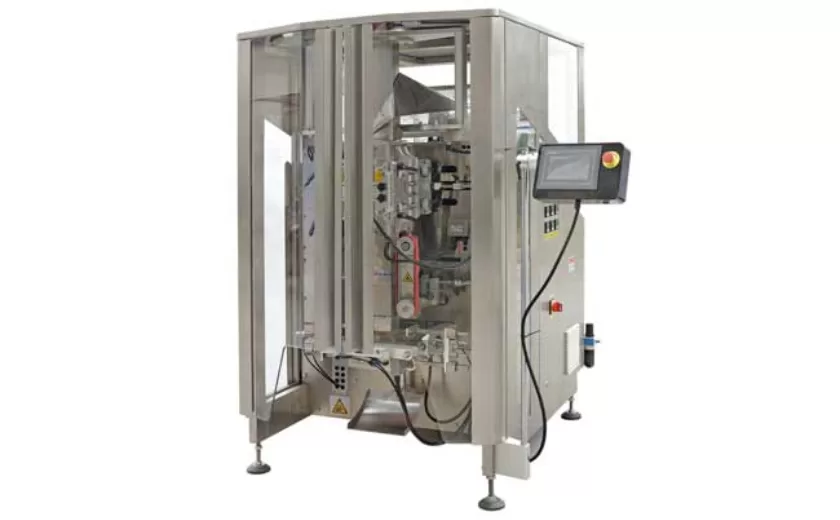The Cost-Benefit Analysis of Vertical Wrapping Machines
In the packaging industry, vertical wrapping machines play a crucial role in ensuring product protection and presentation. However, the decision to invest in such equipment requires a thorough analysis of the potential costs and benefits involved. This article delves into the key aspects of a cost-benefit analysis for vertical wrapping machines, providing insights for businesses considering this investment.
Initial Investment Costs
The initial investment cost of a vertical wrapping machine is a significant consideration. Factors affecting this cost include:
Machine Type: Different vertical wrappers, such as flow wrappers or pillow wrappers, have varying price tags based on their capabilities and features.
Brand Reputation: Reputable brands with established track records typically command premium prices, offering peace of mind but potentially higher upfront costs.
Customizations: Custom-made machines tailored to specific product requirements can incur additional charges.
Operational Costs
Once purchased, vertical wrapping machines incur ongoing operational costs that impact profitability. Key factors to consider include:
Energy Consumption: Energy-efficient machines can significantly reduce electricity expenses.
Maintenance and Repairs: Regular servicing and occasional repairs are necessary to ensure optimal performance and extend machine life.
Training of Operators: Training staff on machine operation and maintenance techniques can improve efficiency and reduce downtime.
Labor Costs
Vertical wrapping machines offer varying degrees of automation, which can significantly impact labor costs. Consider the following factors:
Manual vs. Automated: Manually operated machines require additional staff, increasing labor expenses. Automated machines, while pricier upfront, can save labor costs in the long run.
Number of Operators: The number of operators needed depends on machine capacity and product complexity. Higher-volume operations may require more staff.
Production Efficiency and Output
Vertical wrapping machines directly impact production efficiency and output. Key factors to evaluate include:
Machine Speed: Machines with higher speeds can package more products in a given time frame.
Product Handling: Efficient product handling minimizes product damage and reduces waste.
Downtime: Machine reliability and quick troubleshooting minimize unplanned stoppages, maximizing productivity.
Quality and Presentation
The quality of wrapped products and their presentation can significantly impact customer satisfaction and brand reputation:
Package Integrity: Vertical wrappers ensure product freshness and protection while safeguarding against contamination.
Visual Appeal: Well-wrapped products create a positive brand image and enhance shelf appeal.
Consistency: Automated wrapping machines produce consistent packages, improving quality and reducing customer complaints.
Environmental Impact
Businesses increasingly prioritize sustainability in their operations. Vertical wrapping machines can contribute to environmental efforts in the following ways:
Energy Efficiency: Energy-efficient machines minimize carbon emissions and reduce energy costs.
Material Savings: Tightly wrapped products require less packaging material, reducing waste.
Recyclability: Using recyclable or biodegradable wrapping materials further enhances environmental sustainability.
Conclusion
The cost-benefit analysis of vertical wrapping machines is essential for making informed investment decisions. By carefully considering the initial costs, operational expenses, labor requirements, production efficiency, product quality, environmental impact, and potential benefits, businesses can determine whether a vertical wrapping machine is a worthwhile investment. A thorough analysis can lead to increased profitability, improved product quality, and enhanced environmental responsibility.
-

Advanced Packing Solutions: Snacks, Sugar, and Frozen Food Machines
29-10-2025 -

Efficient and Reliable Solutions for Salt, Nuts, and Frozen Dumplings Packing
29-10-2025 -

High-Performance Biscuits, Lollipop, and Ketchup Packing Machines for Modern Food Production
29-10-2025 -

Efficient Liquid Filling and Packing Machines for Modern Production
23-10-2025 -

Reliable Granule Packaging Machines for Efficient Production
23-10-2025 -

Efficient Auger Powder Filling Machines for Accurate Packaging
23-10-2025 -

High-Performance Liquid Filling and Packing Machines for Hygienic Production
10-10-2025 -

High-Efficiency Granule Packaging Machines for Precision and Speed
10-10-2025 -

High-Precision Auger Type Powder Filling Machines for Efficient Packaging
10-10-2025 -

Efficient Vertical Form Fill Seal Packaging Machines for Smart Production
10-10-2025





